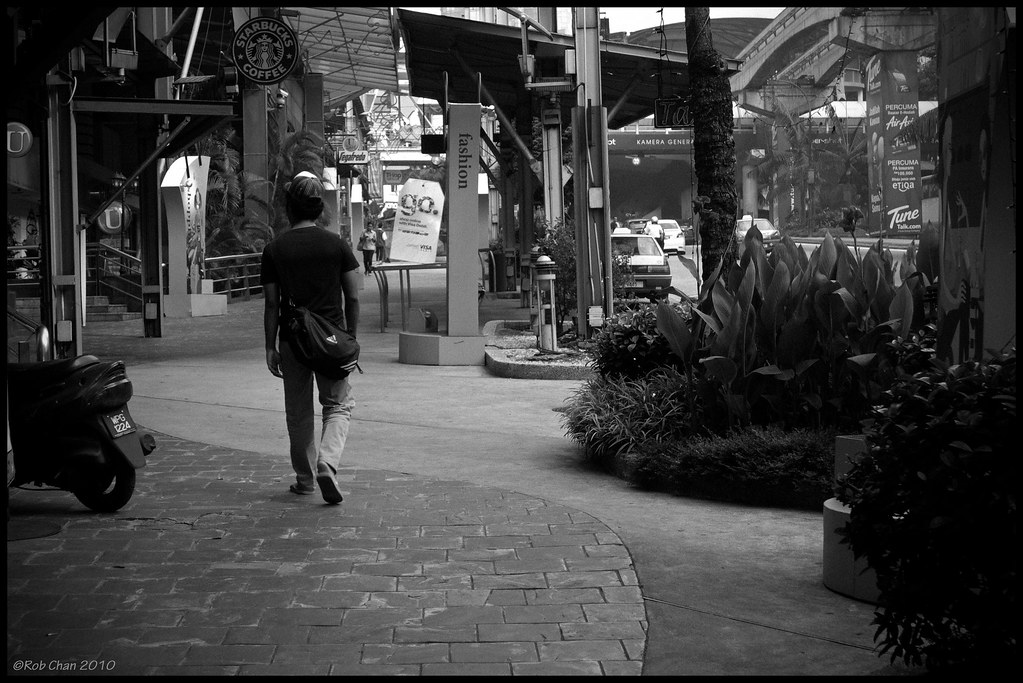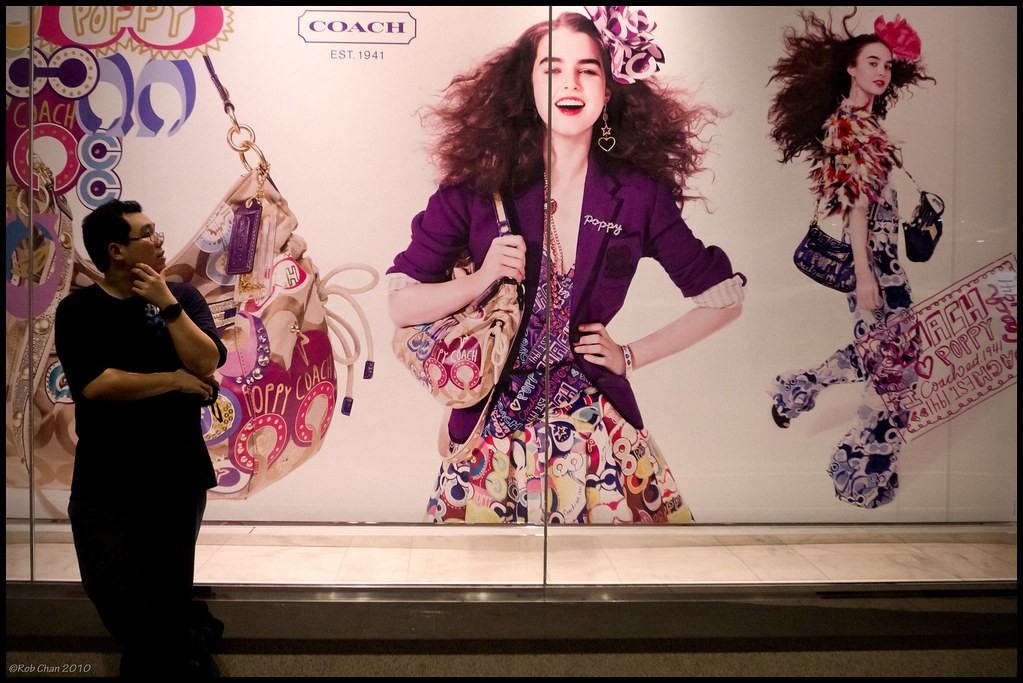If any of you had the opportunity to own at least one of Panasonic’s premium LX line compacts, you can probably understand the meaning of this entry. Back in 2009, Panasonic released the ground breaking LX-3, a compact so damn good, it took the photography world (especially in Penang!) by storm. I remember walking into several shops to ask for the LX-3, only to be told that there was a 3-4 week waiting period. Yes, it was THAT popular. I was a quiet fan of the LX series, but never got to buy the ones preceding the LX-3, only because they lacked RAW shooting, and that was very important to me. That’s why when the LX-3 was announced, the spec list ticked enough boxes to make me want to REALLY buy it. Never mind the fact that we could finally shoot in RAW, but it was also well designed. Most of all, it had a lens that not only sounded sexy but also delivered the goods: the Leica DC Vario Summicron f/2.0. Frankly speaking, I was pretty much blown away just for the fact that such a small compact could fit in such a bright lens. Pardon my ignorance, but until recently, I didn’t know that classic digital cameras back then already had lenses that bright (e.g. Leica Digilux I, Olympus Camedia C8080, Canon Powershot G2). That’s why the LX-3 was a revelation of sorts to me.
At that time, despite my reverence for the LX-3, I never got to buy it as I didn’t see the need for it. Yet. Fast forward 2010, and it’s successor, the LX-5, was announced. I knew that THIS TIME, there would be no more waiting. I headed straight to Komtar the moment I heard it was on the shelves. Tried it for several minutes, went home to think about it, and I came back the next day with the cash. This was one of those moments when you know that some things are so worth it, you don’t even need to think about parting with your cash for it.
The reason for my enthusiasm towards my personal ‘best compact ever’ was simple. Although the LX-5 was in no way a paradigm shift from the LX-3, it did improve on several things that were already so good in the 1st place. Wisely enough, the magnificent Summicron lens maintained the large f/2.0 aperture. This time around, they increased the focal length from 60mm on the LX-3 to 90mm. As if no one would appreciate the extra FL! The initial concern was that the large starting aperture and wide angle of a pretty useful 24mm would be changed. But thank God it didn’t. Another thing that was immediately apparent was just how much faster the autofocus speed had gotten. During the roadshow in Gurney Plaza when the LX-5 was launched, I compared the LX-3 and LX-5 side by side for an AF speed test. The LX-5 won hands down, even at the maximum focal length. Design wise, they still look pretty much the same (in a good way), with a slightly redesigned grip which made the overall experience much better.
On to the sensor. What shot in RAW at up to ISO400, it can really hold it’s own against most entry level DSLRs. Virtually noise free and packs plenty of detail, that’s how I’d like to describe it. Coupled with the aforementioned superb Summicron lens, and you’ve got yourself one of the best enthusiast compacts money could buy. In fact, some of my most favorite pics were shot using that innocuous looking thing. There’s just something about street shooting with a discreet compact camera that helps to bring out the magic in street shooting. No wonder a lot of the greatest street photos were shot using small and unobtrusive Leicas and Rolleis back then. Just look at Henri-Cartier Bressons’ works to see what I mean.
As perfect as I make the LX-5 sound, it really isn’t. The most ironic thing is that while it’s capable of giving great outputs in RAW (I need to emphasize this point), the JPEG results were really terrible, even borderline unacceptable. Almost anything shot was devoid of detail thanks to the aggressive noise reduction algorithm. I also didn’t like the white balance performance under artificial lighting, and if there was a person in the picture as part of the subject, their skin would look like they got jaundice. Now, I did say that I was a RAW shooter at heart. But there are those times where I would have loved to cut the workflow and just use JPEG and post process them a little bit. Sad to say, the LX-5 couldn’t produce the JPEG output that matched my expectations. It also didn’t help for me that Panasonic included the quirky Ichikawa Software Silypix software for RAW editing. I found the interface unusually clunky and hard to navigate. Olympus’ Studio and IB software, in comparison, was much more sparse and simplified compared to Silkypix. But at least I could navigate and understand the tools without enduring too much frustration.
These are the reasons why I decided to sell off the LX-5 when the XZ-1 was announced. I prefer the Olympus software for my editing needs, instead of having to use ACR and Photoshop Elements to edit my RAW files all the way. While I also use Elements all the time, it was just for adding some final touches to the images. I couldn’t stand having to edit the LX-5 RAWs in ACR, THEN editing it further in Elements. But despite all this, I still consider the LX-5 to be one of the best compact cameras out there. If they had been able to at least match the Olympus in terms of JPEG output, and making life just that little bit easier, I would have strongly stuck by its side. I wouldn’t hesitate to buy it again though, because after the XZ-1 was reviewed, it also had some shortcomings that the LX-5 did not (e.g. the missing AE/AFL button, dumbed down adjustment ring, unable to use preset focal lengths). See? Life will never be perfect. The XZ-1 merely inches ahead because I’m always an Olympus user at heart, and given a choice, I’d work with anything that has their name on it.






Hello Rob,
ReplyDeleteFirst time here, and gosh, great sharing and insight you have brought up there, especially about compact camera. I have not used the LX-5 before, but you sure made me want to pick one up.
You have inspired me to make a blog entry about my photos taken with my old three Kodak cameras (all died already under my torture), and I shall make it happen soon.
Keep writing, and shooting !!
@Robin: Thanks much bro. In all honesty, I still hold the LX-5 with not just respect, but also true reverence for it's function as a street photography weapon. Very small, very fast, and very refined. Sometimes I wish I had it back again, but I'm in no hurry. I have my sights on it's more expensive twin, the leica D-LUX 5 though, ha ha. As time passes, you tend to develop higher taste for the wrong reasons.
ReplyDelete